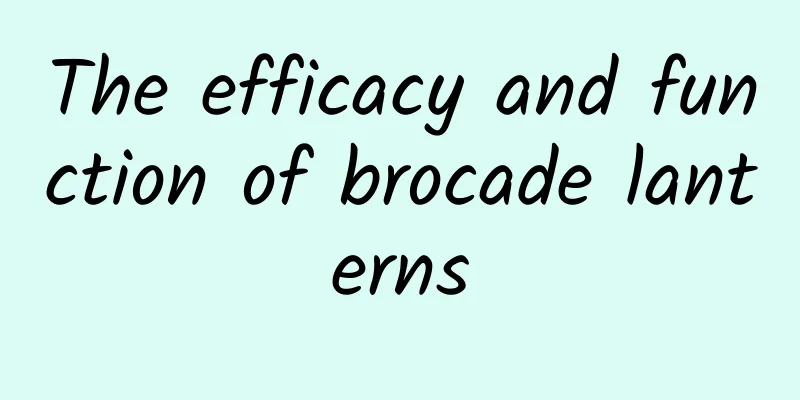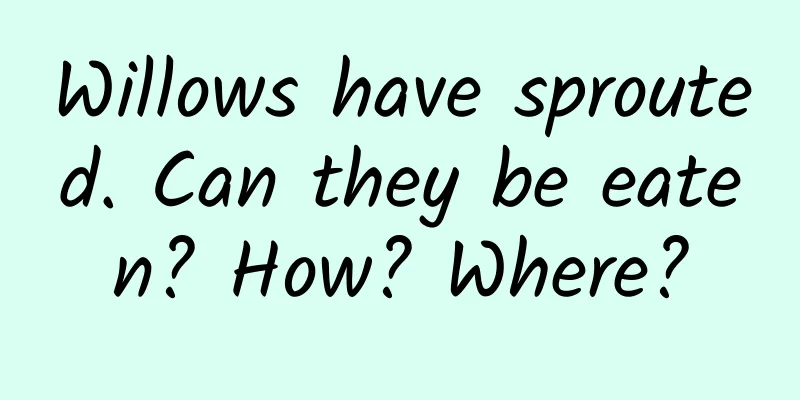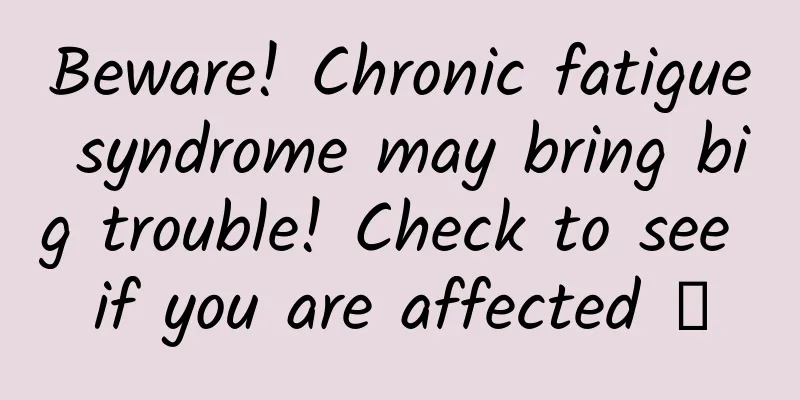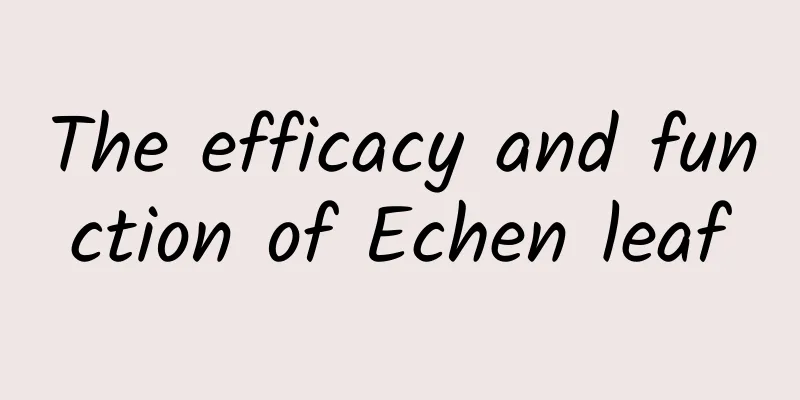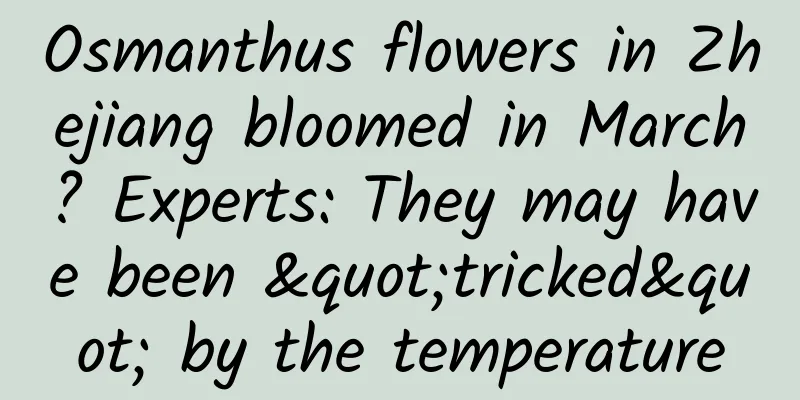The efficacy of roselle
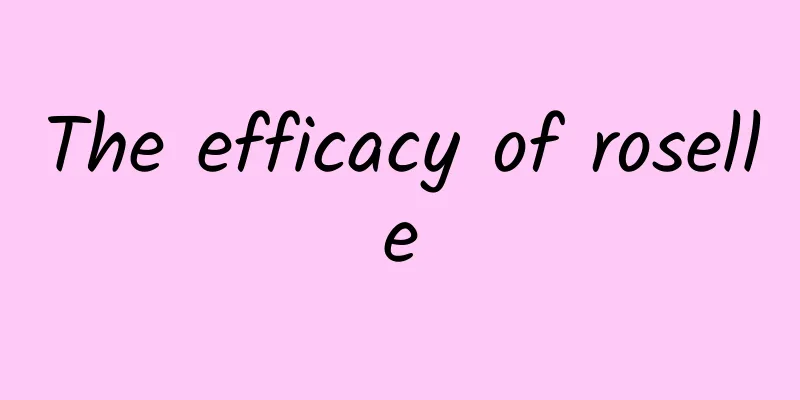
|
When it comes to the herb Roselle, I believe many friends will feel confused. They don’t know what Roselle is. In fact, Roselle is also known as Roselle, Roselle Sunflower, etc. It is a herbaceous plant, mainly distributed in the regions of our country. In addition, Roselle has many functions and effects, and has certain therapeutic effects on chronic diseases such as heart disease and hypertension. So what are the benefits of Roselle? The effects and functions of Roselle are very wide. It not only has high ornamental value, but also has good health and wellness value. It has a good effect on some intestinal diseases, hypertension, arteriosclerosis and other diseases. Below I will give you a detailed introduction to the effects and functions of Roselle. Roselle, also known as Roselle, Roselle, etc., belongs to the Malvaceae, Malvaceae family. It is an annual upright herb, 2 meters high, with petioles 2-8 cm long, sparsely covered with long soft hairs; the calyx is cup-shaped, lavender, about 1 cm in diameter, the flowers are yellow, the capsule is ovoid, about 1.5 cm in diameter, densely covered with coarse hairs, and has 5 fruit valves; the flowering period is between summer and autumn. It is mainly distributed in China and tropical areas of the Eastern Hemisphere. Morphological characteristics Annual erect herb, up to 2m tall, with pale purple, hairless stems. The leaves are heteromorphic, the lower leaves are ovate and undivided, the upper leaves are palmately 3-parted, the lobes are lanceolate, 2-8cm long, 5-15mm wide, serrated, obtuse or acuminate at the apex, the base is rounded to broadly cuneate, glabrous on both sides, with 3-5 main veins, and glandular in the midrib on the back; the petiole is 2-8cm long, sparsely covered with long soft hairs; the stipules are linear, about 1cm long, sparsely covered with long soft hairs. Flowers are solitary, born in leaf axils, nearly sessile; bracteoles are 8-12, red, fleshy, lanceolate, 5-10mm long, 2-3mm wide, sparsely covered with long stiff hairs, with thorn-like appendages near the apex, and fused to the calyx at the base; calyx is cup-shaped, lavender, about 1cm in diameter, sparsely covered with thorns and coarse hairs, fused at the base 1/3, with 5 lobes, triangular-acuminate, 1-2cm long; flowers are yellow, with dark red inner base, and 6-7cm in diameter. The capsule is ovoid, about 1.5 cm in diameter, densely covered with coarse hairs, with 5 valves; the seeds are kidney-shaped and glabrous. Flowering period is between summer and autumn. The efficacy of roselle Nutritional Value Roselle is rich in protein, organic acid, Vc, multiple amino acids, a large amount of natural pigments and various minerals. The fresh calyx contains Vc0.93%, VB0.21%, protein 0.45%, ash 1.34%, pectin 1.39%, water 87.86%, carotene 0.01%, starch 1.76%, sugar (calculated as glucose) 2.55%. The dry calyx contains total anthocyanins (pigments) 1%~1.5%, organic acids such as citric acid and hibiscus acid 10%~15%, reducing sugar 16%, protein 3.5%~7.9%, other non-nitrogenous substances 25%, fiber 11%, ash 12% and about 1% of 17 kinds of amino acids. In addition, roselle extract contains reducing sugars, glycosides, phenols, small amounts of bioalkalis and resins, etc. Health benefits The hibiscus acid contained in Roselle is believed to be effective in treating heart disease, high blood pressure, arteriosclerosis and other diseases. Roselle extract also contains reducing sugars, glycosides, phenols, a small amount of alkalis and resins, etc. It has an antispasmodic effect on the intestines and uterine muscles, as well as an anthelmintic effect. It has an antibacterial effect on bacteria in the intestines, promotes bile secretion, reduces blood concentration and stimulates intestinal wall peristalsis, making it very suitable as a refreshing drink. In Egypt, calyx is widely used to treat heart and nerve diseases; in India, calyx, seeds and leaves are used as diuretics, anti-scurvy and other medicines; in Senegal, roselle is recommended as a fungicide, anthelmintic and antihypertensive agent. Economic Value Roselle is an emerging food and food industry raw material, and its calyx can be made into a variety of foods. The bright roselle pigment in the calyx is used as a colorant in food. After reading the above detailed introduction to the efficacy and functions of Roselle, I believe many friends already know the benefits of Roselle. Roselle not only has beautiful and bright colors and high ornamental value, but also has good health benefits. It can also be consumed as a refreshing drink in summer. It has obvious therapeutic effects on intestinal problems, high blood pressure, and deworming. It can be seen that Roselle is very beneficial to our human body. |
Recommend
The efficacy and function of false eagle claw root
Many people know that False Eagle Claw root has u...
A wild flower in the autumn fields is an antibiotic with no side effects
My grandmother in my hometown suffered a lot all ...
What are the effects of Cistanche deserticola, wolfberry and ginseng?
Cistanche, wolfberry and ginseng are three kinds ...
The efficacy and function of bear brain
I wonder if you have ever heard of bear brain. Be...
Why do we need quantum computing?
Author's Note At the request of a friend, I w...
Don't follow the short video and go to the sea! There are too many people, the sea is going to be killed
I don’t know when it started, but the sea-hunting...
The efficacy and function of gunpowder
There are many types of common Chinese herbal med...
The efficacy and function of Qiju Dihuang Pills
Qiju Dihuang Pills are a common Chinese patent me...
Chinese medicine Poria cocos picture
Coix seed is the sclerotium of the bacteria Coix ...
Radio Gymnastics is 70 years old! Are there any young you in these photos?
Every day at noon Sitting in the office I can hea...
Is it good to soak fresh ginseng and wolfberry in wine?
Many families have made medicinal wine. In rural ...
Don’t do these things within 30 minutes before doing nucleic acid testing!
#Don't drink hot water within 30 minutes befo...
"Scientific management is the way to govern the country" - Remembering Academician Wang Yingluo, the founder of my country's system management discipline
Academician Wang Yingluo (1930-2023) On the eveni...
Illustration +1! What does the hairiest beetle in the world look like? | Expo Daily
Illustration +1! What does the world's hairie...
